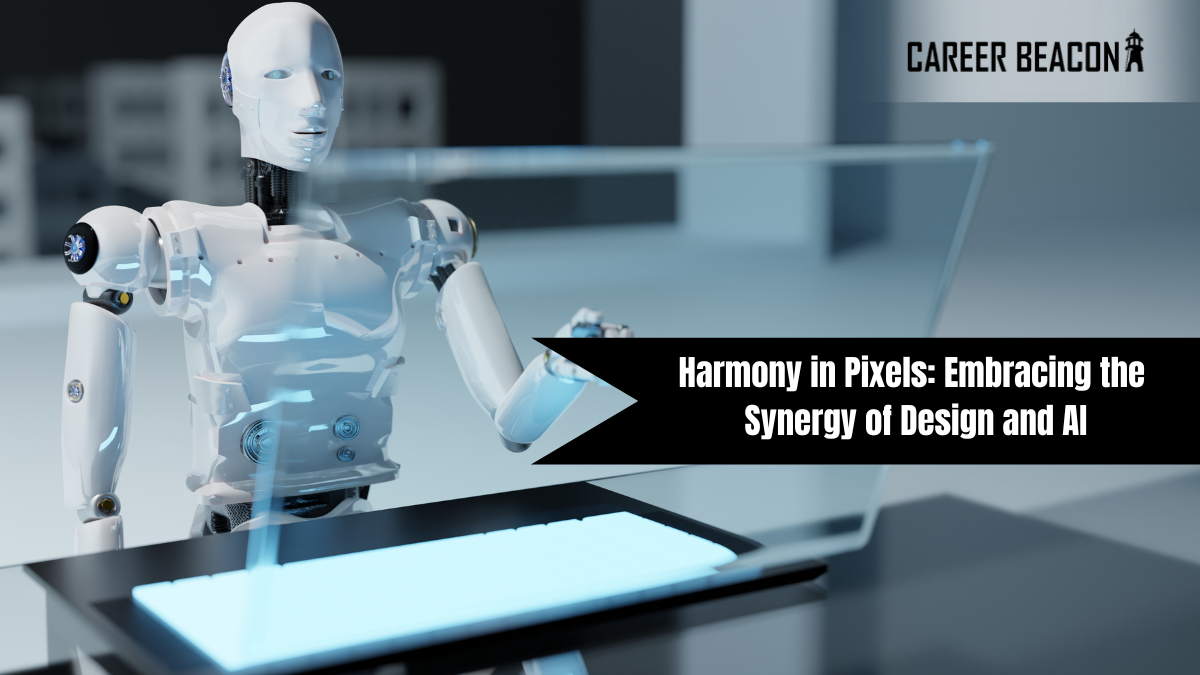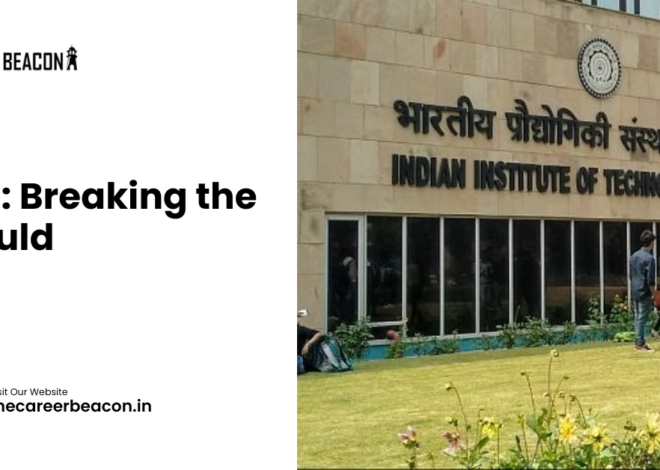
Harmony in Pixels: Embracing the Synergy of Design and AI
I met Maya yesterday, she came from bustling world of design, a talented student, but unfortunately she was confused. Passionate about her pursuit of a Bachelor’s in Design, Maya found herself entangled in the web of concerns about the future—specifically, the looming influence of Artificial Intelligence (AI) on design careers.
Worried about the prospects of her beloved field, Maya sought guidance, and that’s when our counseling session began.
“Maya,” I said, choosing a cozy corner of the my coworking space as our counseling haven. “I sense a bit of unease. What’s on your mind?“
With a sigh, Maya confessed, “I love design, but with all this talk about AI taking over jobs, I’m worried about what the future holds for us designers.”
Leaning in, I decided to spin a tale that would put her fears to rest. “Maya, let me share a story with you—one that might change the way you perceive the relationship between designers and AI.”
I took her back to the days when The Grid, an ambitious AI-powered website design system, was making headlines. We chuckled at the less-than-impressive websites it produced, and I could see curiosity replacing worry in Maya’s eyes.
“See, Maya,” I continued, “AI might be good at some things, but it can’t replicate the unique touch that human designers bring to the table. Design isn’t just about arranging elements; it’s about understanding users, making strategic decisions, and infusing creativity into every pixel.”
As I spoke, I saw Maya’s posture relax, and her worry lines softened. “But what about all those predictions of jobs disappearing?” she asked.
Leaning forward, I shared stories of how AI could be a designer’s ally rather than a threat. From automating mundane tasks like image editing to enhancing design systems with insightful analysis, AI had the potential to be a valuable assistant, allowing designers to focus on what truly matters.
“Think of AI as your design companion,” I suggested. “It can handle the routine, giving you the freedom to explore the more strategic and creative aspects of your work.”
Our conversation delved into examples of AI-driven personalization and generative visual styles that could not only assist designers like Maya but also open up new possibilities for innovation.
“Maya, imagine a future where AI helps us create more personalized, relevant, and efficient design experiences. Embrace these opportunities, and you’ll find that the collaboration between designers and AI can be a catalyst for incredible creativity.”
As the momentum of worldcup semifinals buzzed around us, I could see a newfound spark in Maya’s eyes. The unease had transformed into excitement, and she left our impromptu counseling session with a renewed sense of purpose, ready to face the evolving world of design with optimism and creativity.
And so, in the story of Maya and the world of design, yesterday marked a turning point—a day when fears were dispelled, and the potential for a harmonious collaboration between designers and AI was embraced.
Sunanda Rao
Related Posts

IGNOU Announces 13 New Programs

IITs Breaking the Mould
